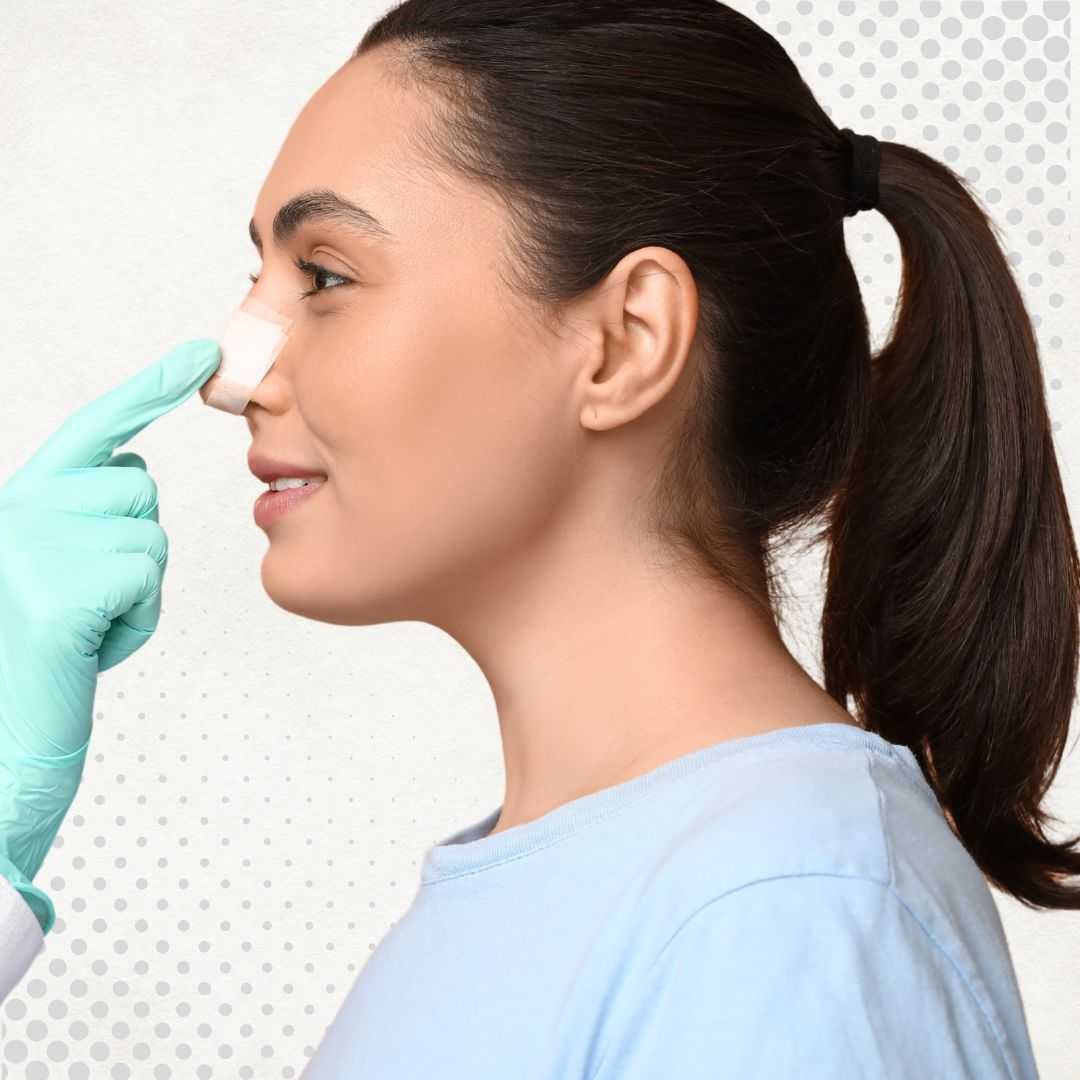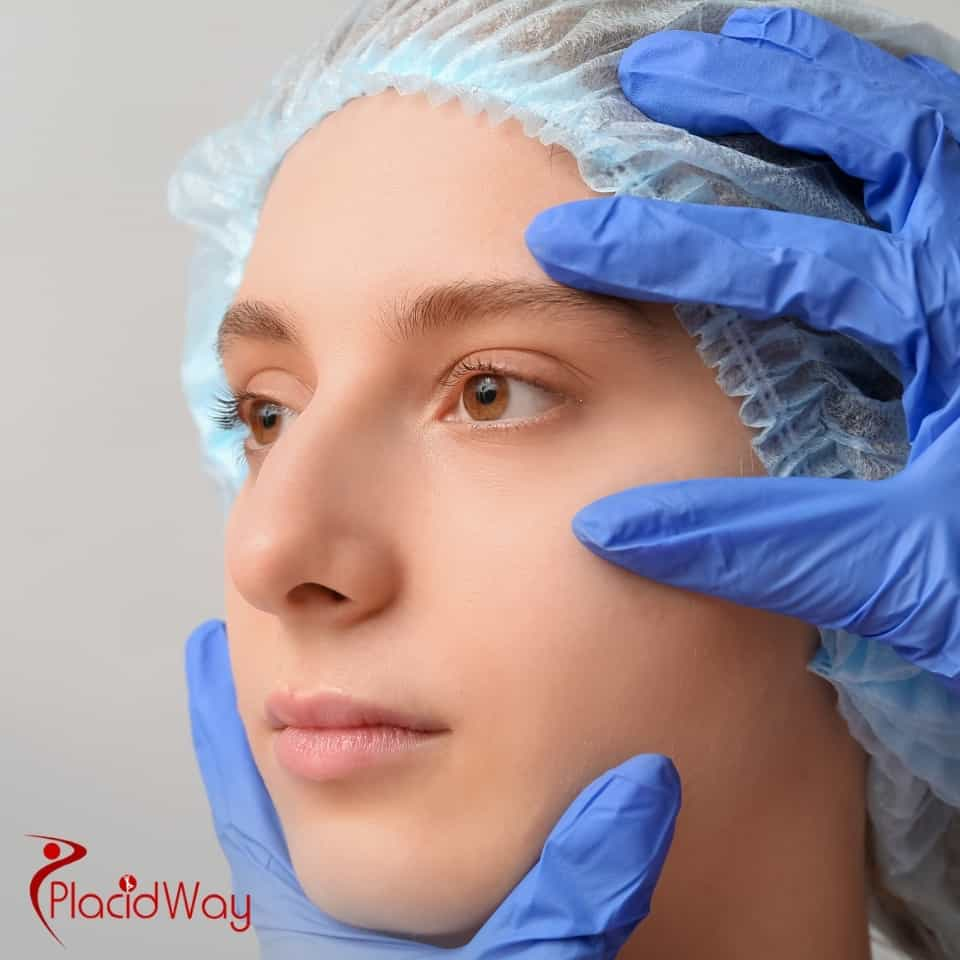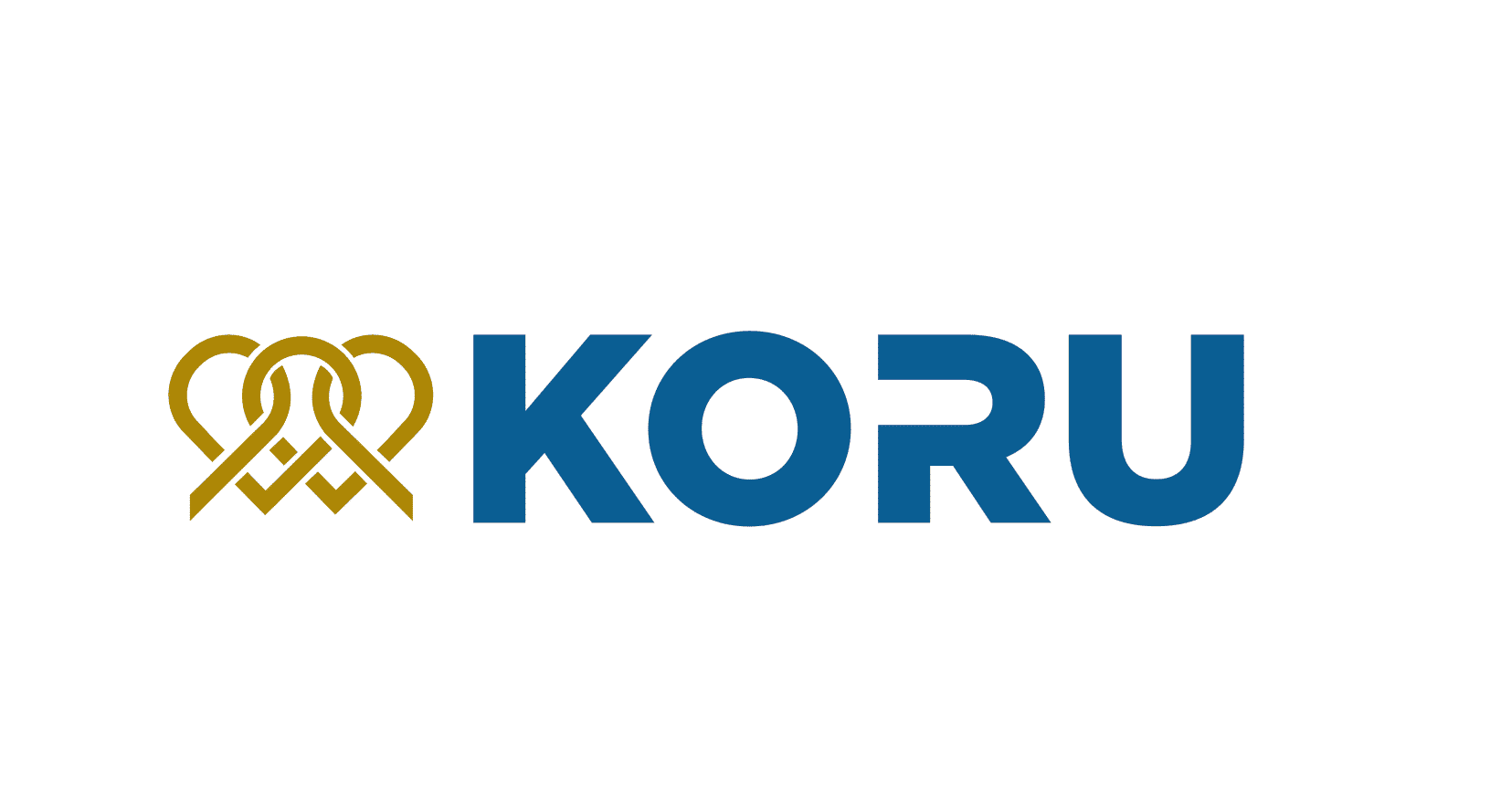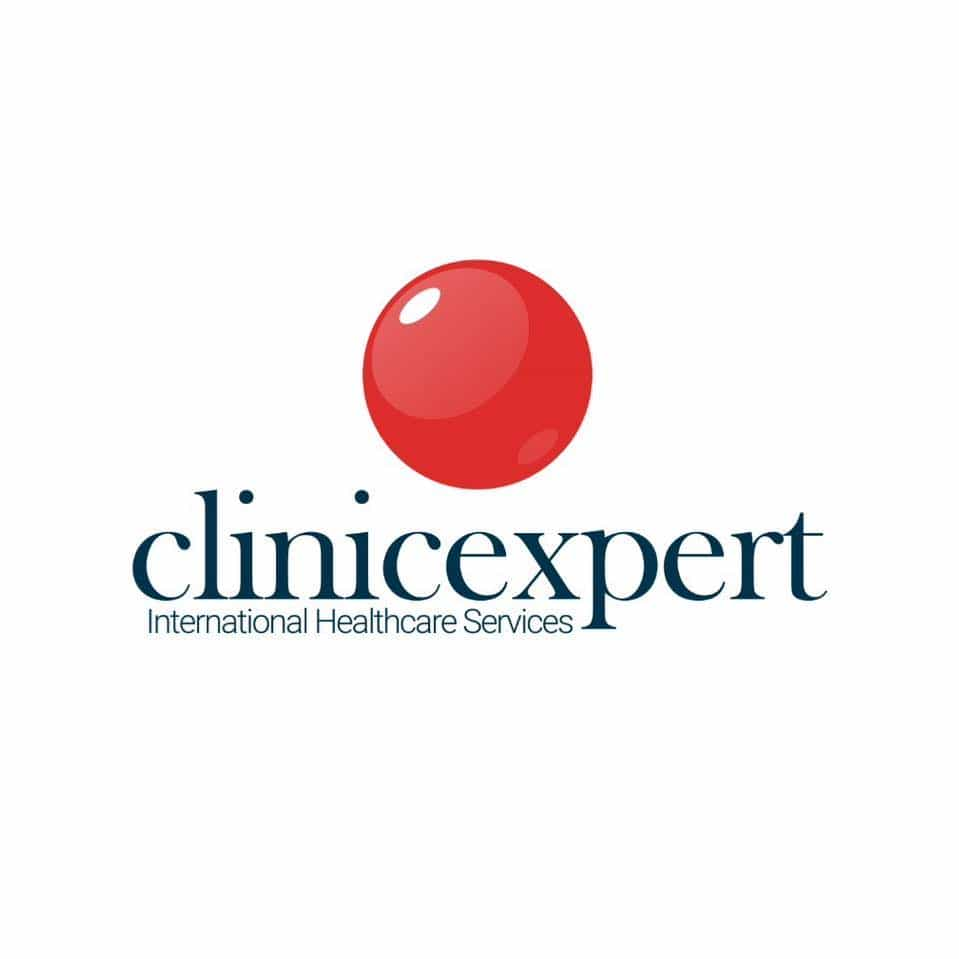Cheapest Country for Facelift: Your Global Guide to Affordable Rejuvenation
.png)
In a world where looking and feeling your best is increasingly important, facelift surgery remains a highly sought-after procedure for combating the signs of aging. However, the cost of a facelift in Western countries can be a significant barrier for many. This has led to a surge in medical tourism, with individuals seeking high-quality, yet more affordable, options abroad. If you're wondering "what is the cheapest country to get a facelift?" you're in the right place. This comprehensive guide will explore the top destinations offering competitive prices for facelift surgery, detailing what makes them attractive, what you can expect in terms of cost, and what factors to consider to ensure both affordability and safety. We'll delve into the nuances of various countries, helping you make an informed decision about your journey to facial rejuvenation.
What is the cheapest country to get a facelift on average?
When considering affordability, Turkey consistently emerges as a frontrunner for facelift surgery. Its medical tourism sector has boomed, driven by competitive pricing, skilled surgeons, and modern facilities. Many Turkish clinics offer comprehensive, all-inclusive packages that cover not only the surgery but also accommodation, airport transfers, and post-operative care, simplifying the process for international patients. While the lowest end of the price spectrum might be for a mini-facelift, a full facelift in Turkey remains remarkably affordable compared to most Western countries.
However, it's worth noting that "cheapest" doesn't necessarily mean "lowest quality." Many Turkish surgeons are internationally trained and accredited, and clinics boast certifications from organizations like JCI (Joint Commission International), ensuring adherence to global standards of patient safety and care. The lower operational costs in Turkey, combined with a high volume of procedures, allow for these more attractive price points.
How does the cost of a facelift in Turkey compare to other countries?
Turkey's pricing strategy for cosmetic procedures, including facelifts, is highly competitive when compared to established Western markets. This is a primary driver for its popularity in medical tourism. Here's a comparative overview:
This table highlights that while Turkey and India often offer the lowest prices, destinations like Mexico, Thailand, Poland, and Hungary provide a compelling balance of cost-effectiveness and high standards, appealing to different patient demographics.
What factors determine the actual cost of a facelift in these countries?
While a country might be known for being "cheap," the final price tag for your facelift can vary significantly based on several crucial factors:
- Type of Facelift:
- Mini-Facelift: Targets minor sagging in the lower face and jawline, less extensive, thus less costly.
- Traditional (SMAS) Facelift: Addresses more significant aging signs in the mid-face, lower face, and neck, involves more extensive dissection, and is moderately priced.
- Deep Plane Facelift: Lifts deeper facial tissues and muscles, offering more dramatic and long-lasting results, and is typically the most expensive due to its complexity.
- Other variations: Mid-facelift, neck lift (often combined), brow lift (often combined), and non-surgical options like thread lifts or liquid facelifts, all have different price points.
- Surgeon's Experience and Reputation: Highly sought-after surgeons with extensive experience and a proven track record of excellent results will naturally charge more.
- Clinic's Facilities and Location: State-of-the-art hospitals with advanced equipment and prime locations (e.g., in major capital cities) will have higher overheads, reflected in their pricing.
- Anesthesia Fees: The type of anesthesia (local with sedation vs. general anesthesia) and the anesthesiologist's fees contribute to the overall cost.
- Operating Room/Hospital Fees: Charges for the use of the surgical facility.
- Pre- and Post-Operative Care: This can include initial consultations, diagnostic tests (blood work, etc.), post-operative garments, medications, follow-up appointments, and sometimes even lymphatic drainage massages.
- Additional Procedures: Often, patients combine a facelift with other procedures like eyelid surgery (blepharoplasty), brow lift, or fat transfer, which will increase the total cost.
Are there hidden costs when getting a facelift abroad?
To avoid unwelcome surprises, it's vital to get a clear and detailed quote from your chosen clinic abroad. Be proactive in asking about what is explicitly included and excluded. Potential hidden costs could be:
- Mandatory Pre-Op Tests: Some clinics might quote a low surgery price but then charge separately for blood tests, ECGs, or other medical evaluations.
- Post-Operative Garments/Medications: Confirm if compression garments or all necessary post-op medications (painkillers, antibiotics) are part of the package.
- Follow-up Appointments: Ensure all required follow-up visits, especially if you need to stay longer than initially planned, are covered.
- Accommodation and Transfers: If not part of an all-inclusive package, these can add up significantly.
- Translator Services: While often included, verify if there's a charge for dedicated language support.
- Complication Management: Discuss what happens financially if rare complications arise requiring extended hospital stays or additional procedures. Reputable clinics will have protocols for this, but it's important to understand your financial responsibility.
- Travel Insurance: Standard travel insurance may not cover medical complications from elective cosmetic surgery abroad. Consider specialized medical tourism insurance.
Always get your quote in writing and thoroughly review the terms and conditions.
Is it safe to get a facelift in a cheaper country?
The lower cost in certain countries does not automatically equate to lower safety standards. Many countries popular for medical tourism have invested heavily in their healthcare infrastructure and have highly skilled medical professionals. However, patient safety hinges on diligent research and selection:
- Accreditation: Look for clinics that are accredited by international organizations like JCI (Joint Commission International) or hold recognized national accreditations. These ensure adherence to global standards of patient care and safety.
- Surgeon Credentials: Verify that your surgeon is board-certified in plastic surgery, has extensive experience specifically in facelifts, and belongs to national or international professional societies. Don't hesitate to ask for their qualifications.
- Facility Standards: Ensure the clinic or hospital uses modern equipment, maintains strict hygiene protocols, and has emergency response capabilities.
- Reviews and Testimonials: Seek out independent patient reviews and testimonials, preferably with before-and-after photos, to gauge other patients' experiences.
- Communication: Clear and open communication with your surgeon and the medical team is crucial. Ensure there are no language barriers that could lead to misunderstandings.
- Pre-operative Assessment: A thorough medical evaluation before surgery is vital to determine your suitability for the procedure and identify any underlying health issues.
By taking these steps, you can significantly mitigate risks and increase your chances of a safe and successful facelift abroad.
How long should I plan to stay in the country for a facelift and recovery?
Proper recovery time in the destination country is essential for patient safety and optimal results. While the surgery itself typically takes a few hours, the immediate post-operative period requires close monitoring and initial healing. Here's a general timeline:
- Day 1-2 Post-Op: You will likely stay overnight at the clinic or hospital for observation. Drains (if used) might be in place, and bandages will be applied. Swelling and bruising will be most prominent.
- Day 3-7 Post-Op: Initial bandages are usually removed, and drains (if any) are taken out. You'll receive instructions on wound care and may have your first follow-up with the surgeon. Significant swelling and bruising will still be present.
- Day 7-14 Post-Op: Stitches are often removed during this period. You'll have another follow-up to ensure healing is progressing well. Most visible bruising should start to subside, though some swelling may persist. It is generally safe to travel home after this period, as long as you have cleared it with your surgeon.
- Beyond 2 Weeks: While you can typically return home, the full results of a facelift can take several months (3-6 months, sometimes up to a year) to become apparent as all swelling resolves and tissues settle.
Always discuss the recommended length of stay with your surgeon, as it can vary based on the complexity of your procedure and individual healing. Rushing home too soon can compromise your recovery.
What kind of results can I expect from an affordable facelift abroad?
The affordability of a facelift in certain countries does not necessarily translate to a compromise in aesthetic results. In fact, many medical tourism destinations, particularly South Korea, Turkey, and Thailand, are renowned for their high standards in cosmetic surgery and their ability to deliver natural-looking and effective results. Surgeons in these countries are often highly skilled and specialize in facelift techniques, performing a high volume of these procedures, which further refines their expertise.
Expected results from a well-performed facelift include:
- Reduced sagging and jowls: The jawline becomes more defined.
- Smoother neck contour: Loose skin and banding in the neck are improved.
- Diminished wrinkles and folds: Nasolabial folds (lines from nose to mouth) and marionette lines (lines from mouth to chin) are softened.
- Rejuvenated appearance: The overall facial appearance looks younger, fresher, and more rested, without appearing "pulled" or "fake" when done correctly.
It's crucial to have realistic expectations and to review before-and-after photos of your chosen surgeon's previous work to ensure their aesthetic style aligns with your goals.
Are there options for non-surgical facelifts in cheaper countries?
For those seeking facial rejuvenation without the invasiveness or recovery time of a surgical facelift, many popular medical tourism destinations also offer a wide array of non-surgical alternatives at competitive prices. These treatments are ideal for individuals with mild to moderate signs of aging or those who prefer a more gradual approach to rejuvenation. Common non-surgical facelift options available in countries like Turkey, Mexico, and Thailand include:
- Thread Lifts: Using dissolvable threads to lift and tighten sagging skin.
- Dermal Fillers: Injectables to restore volume, plump up lines, and contour facial features.
- Botox (Botulinum Toxin): Injections to relax facial muscles and reduce dynamic wrinkles.
- Advanced Laser Treatments: Such as fractional lasers or intense pulsed light (IPL) to improve skin texture, tone, and address pigmentation.
- Ultherapy/Thermage: Ultrasound or radiofrequency energy used to tighten skin and stimulate collagen production.
- Liquid Facelift: A combination of fillers and neurotoxins to achieve a lifted and refreshed look.
These procedures often have minimal downtime and can be performed as "lunchtime" treatments. Their affordability abroad can make them even more accessible than in your home country.
For more detailed information on facelift options, clinics, and personalized cost estimates in various affordable destinations, we encourage you to explore PlacidWay. PlacidWay can help you connect with top-rated medical facilities worldwide, ensuring you find the best solution for your rejuvenation needs.


.png)
.png)




.png)

.png)






Share this listing